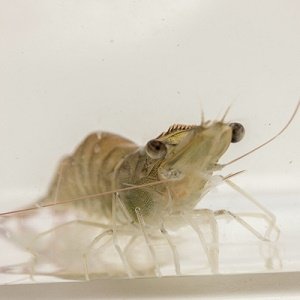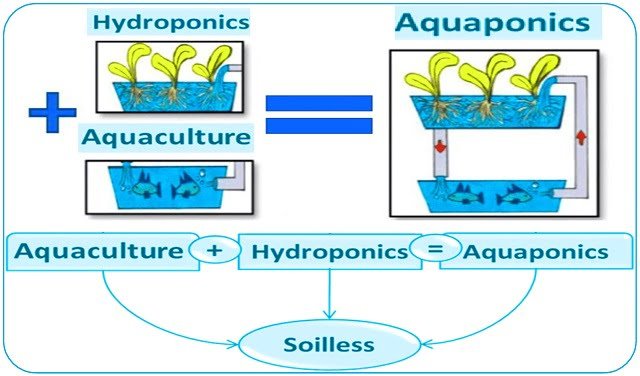One of the critical phases in the cultivation of vannamei shrimp is the larviculture phase, as it impacts the quality of juvenile and adult shrimp.
The larval phase of marine shrimp is often associated with suboptimal growth rates, size dispersion, and low growth rates due to cannibalism and lower disease resistance.
Food additives have the potential to stimulate the immune system of white shrimp, but information is limited about their use in larval/postlarval diets.
Researchers from Riasearch Lda, the Interdisciplinary Centre of Marine and Environmental Research (CIIMAR) at the University of Porto, the University of Cádiz, and Sparos Lda. evaluated the potential benefits of various dietary supplements (vitamins C and E, β-glucan, taurine, and methionine) in the microdiets of postlarvae of Penaeus vannamei shrimp.
The researchers employed four experimental diets:
- A positive control diet (PC);
- PC with decreasing levels of vitamins C and E as a negative control (NC);
- PC with increasing levels of taurine and methionine (T+M); and,
- PC supplemented with β-glucan (BG).
Food additives
The use of food additives to stimulate the shrimp’s immune system has been studied as a prophylactic alternative and has become an extremely important strategy to overcome the challenges of intensive shrimp aquaculture.
The inclusion of organic acids, plant/algae extracts, nucleotides, functional amino acids, vitamins, and immunostimulant compounds like β-glucan in aquatic animal diets has been studied because they improve growth, survival, reduce stress, and increase disease resistance.
Growth and survival performance
According to the study results, increasing supplementation levels of vitamin C and E in the PC diet did not produce changes in growth performance and survival compared to the NC diet, suggesting that the levels of these vitamins present in the NC diet allow shrimp postlarvae to maintain adequate development.
Stay Always Informed
Join our communities to instantly receive the most important news, reports, and analysis from the aquaculture industry.
“These findings indicate that higher levels of vitamin C and E supplementation in microdiets for white shrimp postlarvae do not improve growth and survival in the current study,” they reported.
However, shrimp postlarvae fed with vitamins C and E (NC diet) had the lowest relative expression of pen-3 compared to those fed the PC diet, suggesting that lower levels of vitamins C and E could impact the shrimp’s immune status.
Regarding supplementation with taurine and methionine, the study reports that shrimp fed a diet containing T+M showed similar growth performance, survival, oxidative status, and immune condition compared to shrimp fed the PC diet.
According to the researchers, these results suggest that the control diet meets the requirements of shrimp postlarvae for taurine and methionine, and no additional benefits are obtained from supplementing these amino acids.
Finally, the inclusion of β-glucan in the diets does not significantly affect the growth performance and survival of shrimp postlarvae. “However, PL shrimp fed the BG diet tended to grow less and reached final weights about 15% lower than those fed the PC diet, although this was not supported by statistical analysis,” they reported.
Nevertheless, the researchers highlight that lipid peroxidation levels significantly decreased in the BG diet compared to the PC diet, indicating that β-glucan improves the antioxidant mechanisms of postlarvae.
“The results obtained in this study support this hypothesis, as the addition of β-glucans to the PC diet amplifies the differences in immune status and antioxidant capacity of the shrimp in relation to the NC diet,” they concluded.
Conclusion
“The results obtained in this study suggest that, although no improvements were observed in growth and survival at the end of the experimental period, all tested dietary additives have the potential to add value to inert microdiets for white shrimp postlarvae,” they concluded.
They also highlight that among the tested additives, the inclusion of β-glucans in the diets seems to be the most promising, as it reduced lipid peroxidation in shrimp postlarvae, even compared to a high-quality control diet.
The study was funded by the SHELLWIN project, which received funds from the Blue Fund program of the Ministry of the Sea of the Republic of Portugal. Additionally, the researchers received funds from the Foundation for Science and Technology.
Reference (open access)
Barreto, A.; Peixoto, D.; Fajardo, C.; Pinto, W.; Rocha, R.J.M.; Conceição, L.E.C.; Costas, B. Health-Promoting Additives Supplemented in Inert Microdiets for Whiteleg Shrimp (Penaeus vannamei) Post-Larvae: Effects on Growth, Survival, and Health Status. Animals 2023, 13, 726. https://doi.org/10.3390/ani13040726
Editor at the digital magazine AquaHoy. He holds a degree in Aquaculture Biology from the National University of Santa (UNS) and a Master’s degree in Science and Innovation Management from the Polytechnic University of Valencia, with postgraduate diplomas in Business Innovation and Innovation Management. He possesses extensive experience in the aquaculture and fisheries sector, having led the Fisheries Innovation Unit of the National Program for Innovation in Fisheries and Aquaculture (PNIPA). He has served as a senior consultant in technology watch, an innovation project formulator and advisor, and a lecturer at UNS. He is a member of the Peruvian College of Biologists and was recognized by the World Aquaculture Society (WAS) in 2016 for his contribution to aquaculture.




